

Arcade racing games have had a tough time lately. The last milestone of the genre, Burnout Paradise, came out nearly two and a half years ago, and since then we fans haven’t had much to play. Enter Disney and Black Rock studio. Looking to save us from the purgatory of sim racers, they have delivered Split/Second, an arcade racer with a hefty dash of destruction mixed in.
Split/Second is presented as a reality TV series in which contestants from all over the world come together to race against/explode one another. The various settings for the races are literally the sets for the program.
The TV show conceit is carried over to the single player progression through the game, which is broken into twelve “episodes.” Each ends with a “next time on Split/Second” narration and a credit sequence. The last race in the game is the Season Finale.
Yes, it’s ridiculous, but the TV presentation is amusing enough, and doesn’t slow down the game.
A three segmented power bar sits just under the player’s car onscreen. To fill it, players simply need to drift, draft, or jump. Earning power allows players to use Power Plays, which are Split/Second’s signature environmental attacks, and the real hook of the game. Helicopters dropping bombs, exploding gas trucks, falling boulders, and collapsing bridges are just a few of the many Power Plays available, and nearly all of them are a riot. Time them right, and say good-bye to your rivals. Time them wrong and you’re liable to hit yourself.
The power plays are endlessly entertaining. Learning which ones are where, and how best to use them, adds a great deal of depth to Split/Second. And using your favorite Power Play against your friends in either online or split-screen multiplayer is a load of fun.
On some courses, players can completely destroy and re-route large portions the of the track, generally with insanely huge slabs of devastation in tow. These events are simply spectacular to witness. My favorite? An entire, enormous dam crumbling into rubble, with a road formed by the debris .
Standard races make up the bulk of the single player experience (though, really, races in Split/Second are anything but standard). There are also time trials, elimination events, and, of course, races where you try to avoid being blown to smithereens by missiles fired from a helicopter. Eventually, you get to turn the tables on that guy, and let me tell you — revenge is sweet.
We’ve reached a point in this generation of game consoles where even average games look pretty good. But Split/Second is no average game. In fact, to these eyes, it is nothing less than the best looking arcade racing game yet created.
Everything in Split/Second – and there is a lot of stuff in this game – looks solid, detailed, and vibrant. Surfaces have a generous amount of “grit” to them and really convey a tactile sense of the environment. The game sports a high contrast, brightly colorful look, with simply amazing lighting and effects. Tracks are incredibly dense with detail, and draw distances can be vast.
Breakable goodies are everywhere: tables, chairs, crates, barrels, and don’t forget the traffic cones. Then there are the game’s many implements of destruction: exploding trucks, cranes, boulders, and more. Many of these pack an awesome show of furious destruction when unleashed on your opponents. Visually, there is always a lot going on, and it never impacts the game’s speedy frame rate.
Split/Second’s fleet of imaginary cars feature cool, curvy designs that do a good job of suggesting what they’ll be like to drive. Colors can be customized, and decals on the cars correspond to goals you’ve achieved in the game.
A few more pieces of Split/Second’s visual design deserve special mention, and really prove just how talented the folks at Black Rock are. The chase camera, which features some nice shaky-cam effects, frames the action perfectly. It sits so that the path ahead is visible just above the player’s car, and nothing is obstructed. This would seem to be an easy thing to achieve, but in fact, it is almost never done right in racing games. Split/Second nails it.
Even better, the visual composition and layout of the tracks are designed so that your eyes naturally follow the path through the level. As fast as the game moves, you’ll always know just where to go. Again, every racing game should hit this mark, but very few actually do.
On the audio front, the game shines again. Much of the soundtrack is made up engine noises, environmental sounds, explosions, crashes, smashing debris, and more. This could easily become a grating cacophony, but not here. Every sound is clear, balanced, and the positional audio really brings the game to life.
Musically, Split/Second is scored like a film, with a kind of a 1970s cop show vibe, though appropriately updated. The rhythms may be electronic, but there are simulated violins here. Though the musical themes don’t really stand out, the score adds to Split/Second’s unique identity, and demonstrates once again how fresh the approach to this game is.
Split/Second is short on faults, but there are a few things worth addressing when the inevitable sequel rolls around. It would have been nice to have a little more visual variety in the tracks, and a few more tracks overall. Most of the secondary modes, though fun, could use a little fleshing-out, and the difficulty spike on the last race is a bit harsh. Finally, for a game that features so much terrain deformation, it’s a little odd that the cars don’t show any damage. Sure, they get dirty, but rather than crumple and bend, they just fly apart when destroyed.
It’s appropriate that Disney is publishing Split/Second because, in many ways, the game feels like a theme park ride. The production values are virtually unparalleled, the experience is truly unique, and the gameplay is a huge amount of fun. If you have ever had even the slightest passing interest in racing games, you simply have to play Split/Second.
Split/Second is available now on Xbox 360, PS3, and PC. Game Rant reviewed the Xbox 360 version of the game.
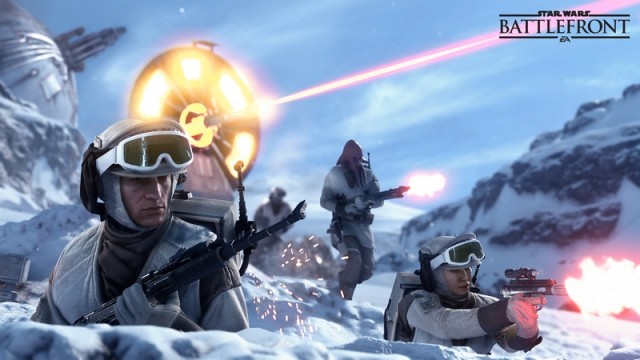
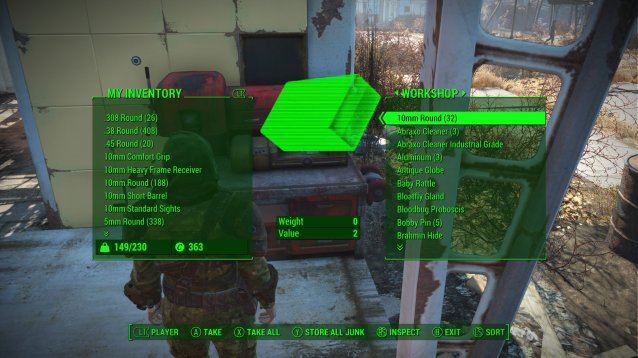
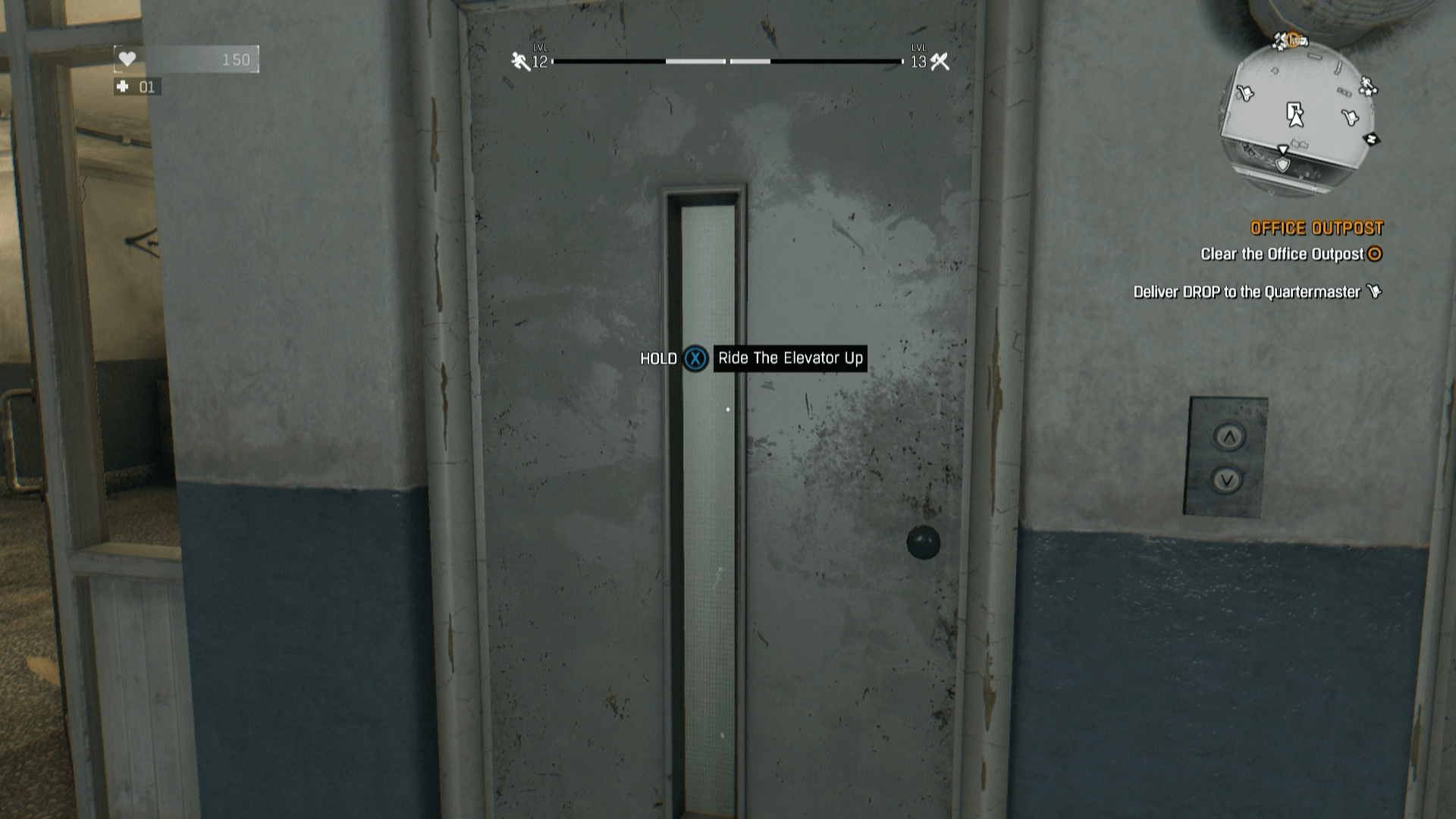
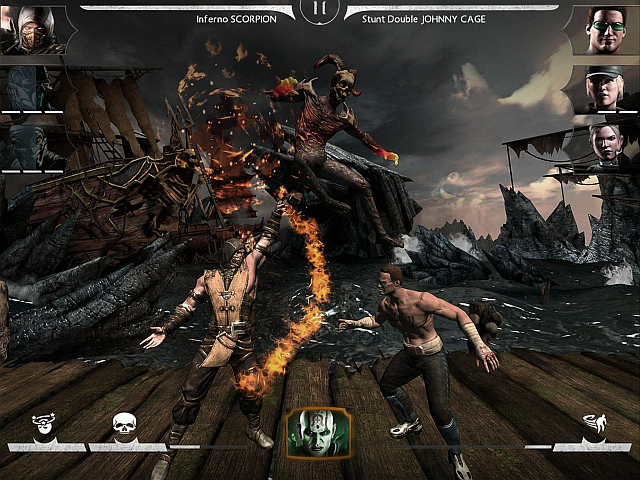
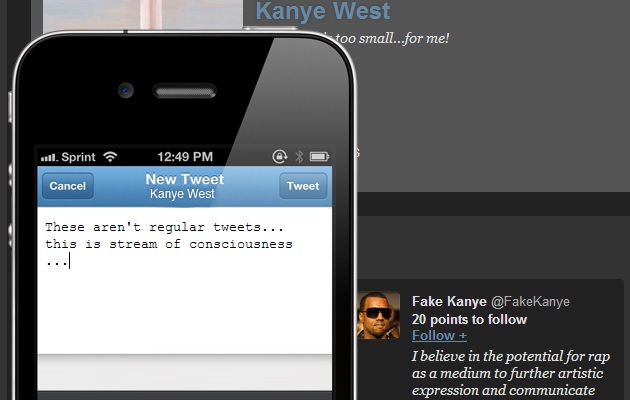 6 Bizarre Browser Games You Can Play Now
6 Bizarre Browser Games You Can Play Now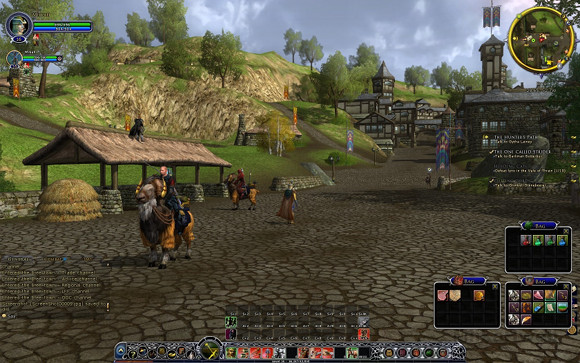 By Gandalf! The 5 Greatest Video Games From Middle Earth
By Gandalf! The 5 Greatest Video Games From Middle Earth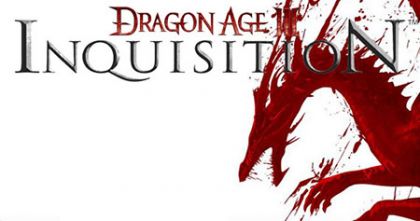 How to fix Dragon Age: Inquisition DirectX Crash issue, License Errors, Launch Issues, Server, FPS errors and more
How to fix Dragon Age: Inquisition DirectX Crash issue, License Errors, Launch Issues, Server, FPS errors and more The Walking Dead — Episode Three: Long Road Ahead Walkthrough
The Walking Dead — Episode Three: Long Road Ahead Walkthrough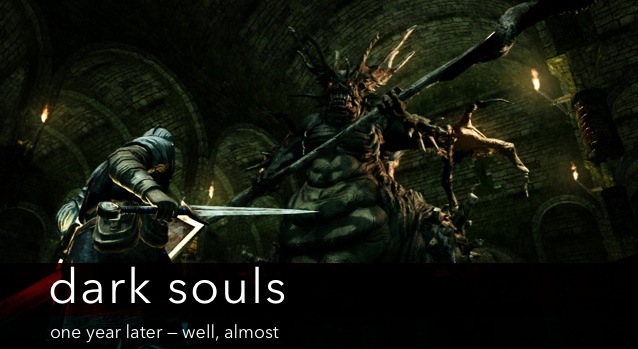 Dark Souls: One Year Later – Well, Almost
Dark Souls: One Year Later – Well, Almost